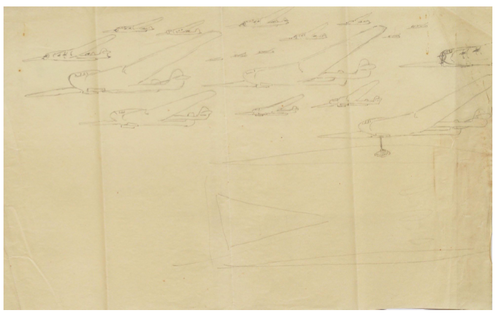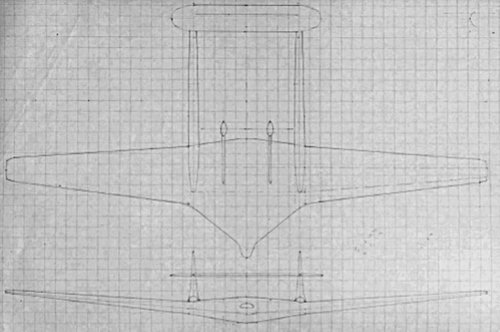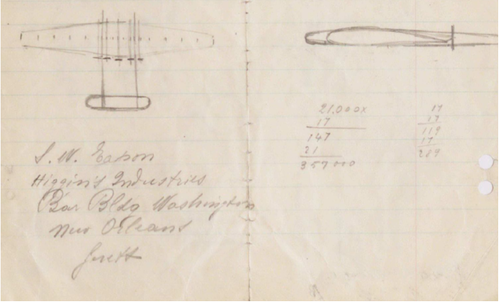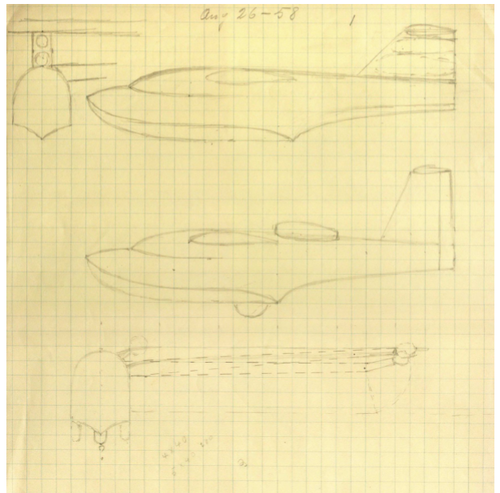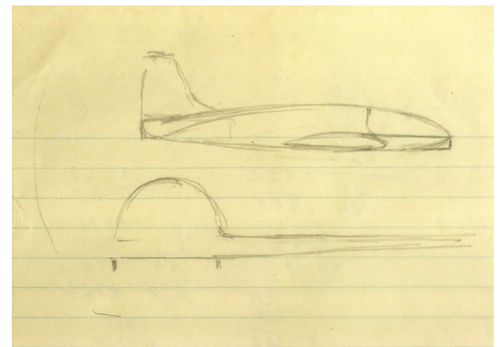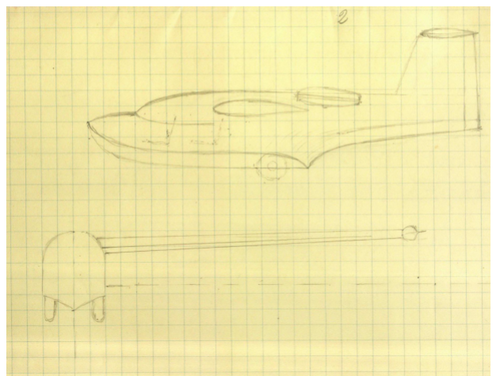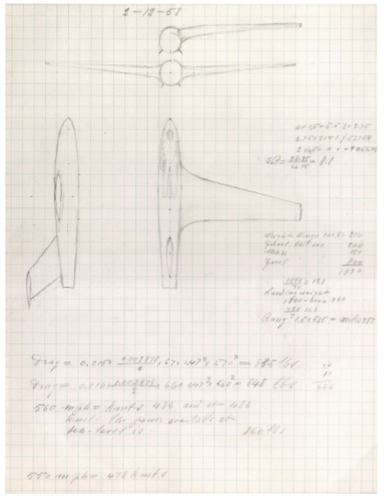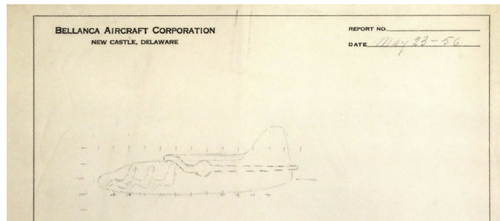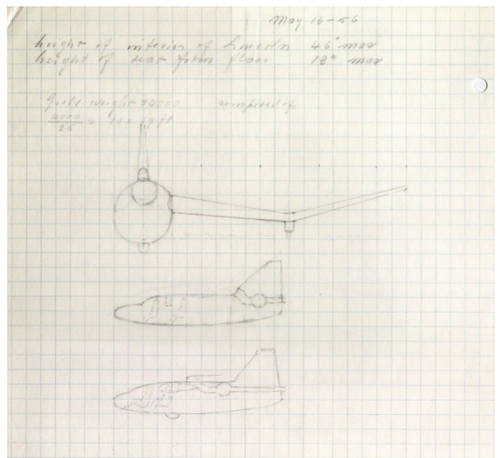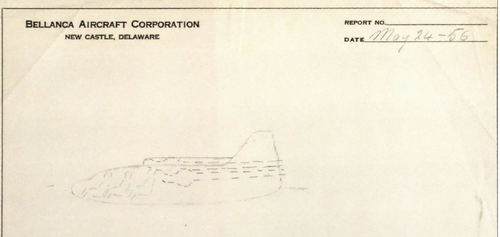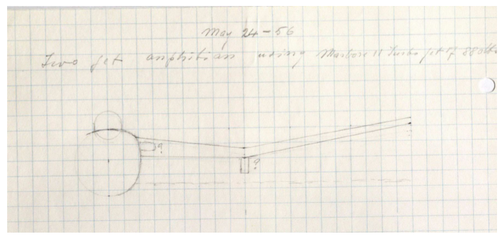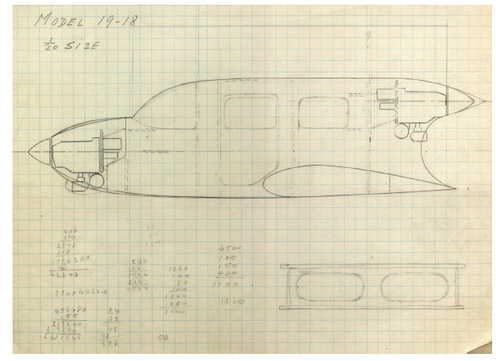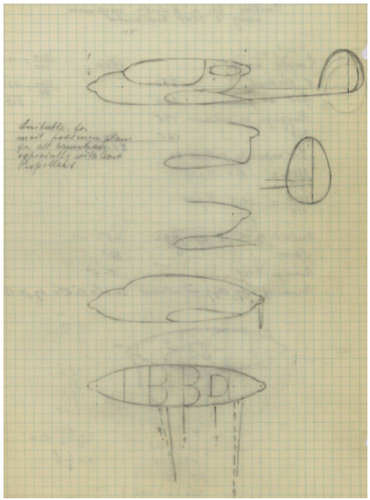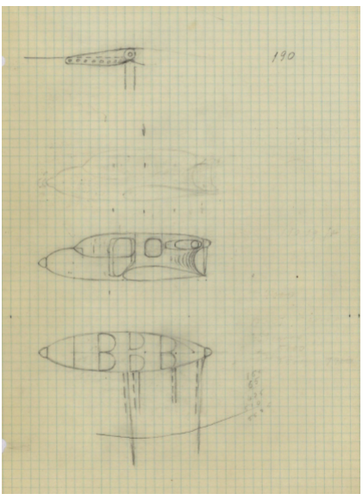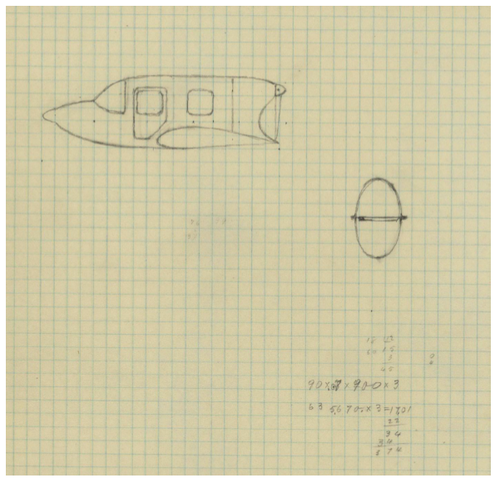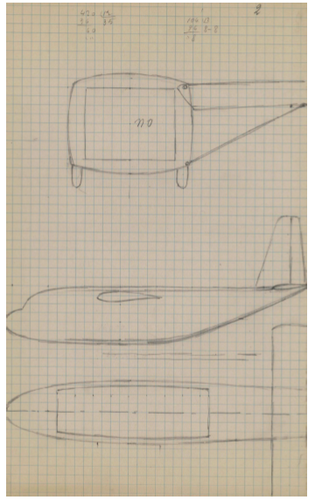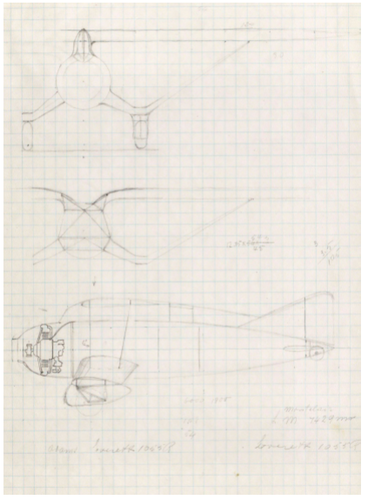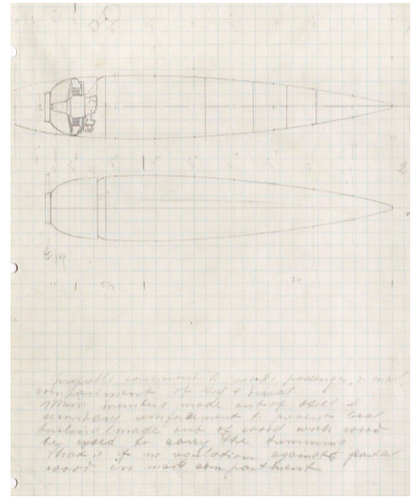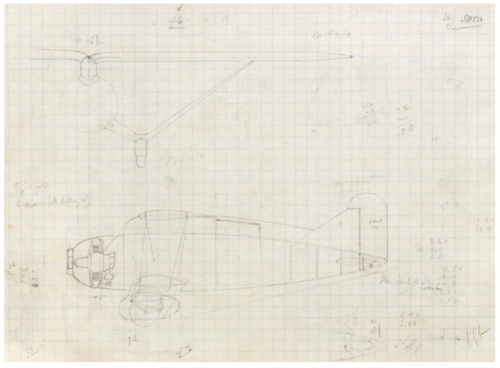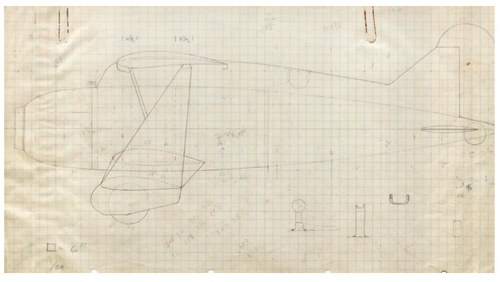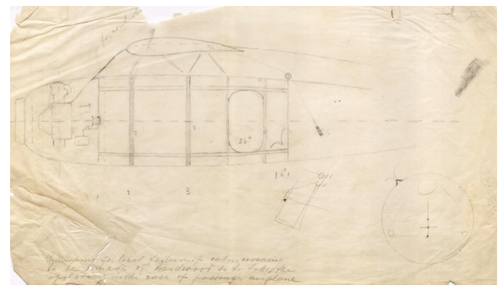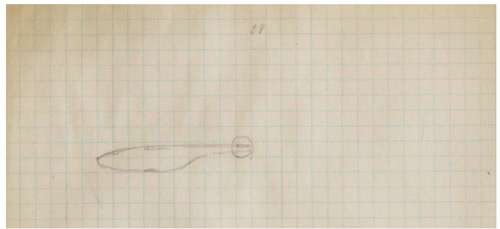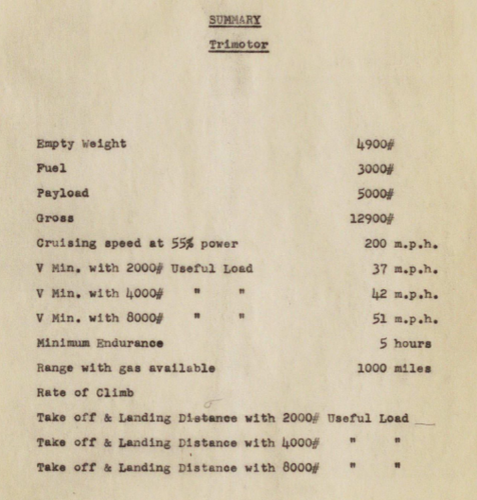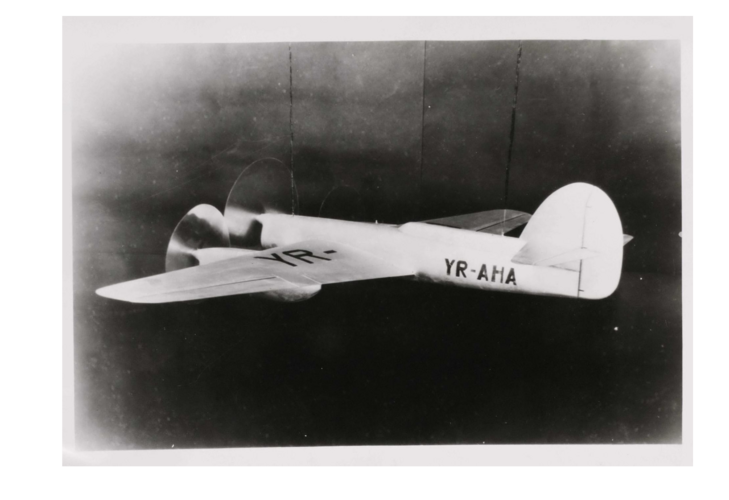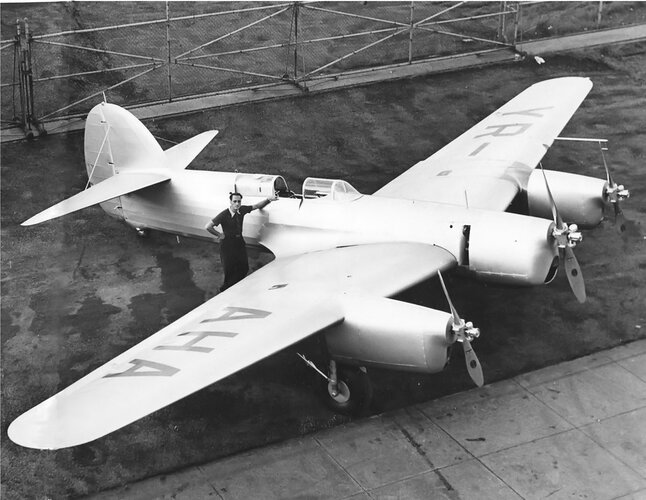The following might be of interest.
Eager to make a goodwill flight between the New York City and Bucharest, the capital of Romania, with a stop in Paris, Captain Alexandru Papană, contacted Bellanca Aircraft in early 1937. The well-connected young officer of the Aeronautică Regală Romană was one of the foremost aerobatic pilots in the world and the son of a well-known general.
Andrew Frank Haiduck, chief engineer at Bellanca Aircraft since 1935-36, supervised the design of a streamlined, single seat low wing monoplane with a retractable landing gear, the Model 28-92. Oddly enough, the airplane was fitted with a Ranger and two Menasco engines. Whether or not the cantilever wing of this airplane, a first for Bellanca Aircraft, was based on that of the Flash derivative designed for the Lindbergh Memorial Race is unclear. In any event, the Model 28-92 was built more or less in secret. It was christened Alba-Iulia 1918 to commemorate the addition of Transylvania into Romania, celebrated in Alba-Iulia, in December 1918.
Back in 1937, Bellanca Aircraft might have revisited the design of the Model 28-90 Flash racing plane for a forthcoming New York to Paris competition, the Lindbergh Memorial Race, announced in September 1936 by the French Air Minister. Pierre-Jules Cot had wanted to commemorate the tenth anniversary of the historic flight of May 1927. Sadly, this competition with very large prizes was plagued with problems almost from day one. The American organization put in charge of it, the National Aeronautic Association, had serious doubts. The start date eventually got moved to August 1937. In late April, the Bureau of Air Commerce of the Department of Commerce stated it would not let the race start on American soil, for fear that some of the participants would perish along the way. Pilots who had paid for their own airplanes were left holding the bag; they were furious. A few people suggested that the competition begin in Canada but nothing came of it. The Lindbergh Memorial Race did not take place. The new Bellanca airplane, which was to have a fully cantilever wing, was presumably not built.
In any event, Papană apparently wanted to make the aforementioned flight to Romania in September 1937. To prepare himself for the great journey, he planned to take part in National Air Races and the Bendix transcontinental air race, held between Los Angeles and Cleveland, Ohio. For some reason or other, Papană was unable to make the flight to his homeland. The Model 28-92 was thus entered in the aforementioned Lindbergh Memorial Race, which was later cancelled.
Later scheduled to take part in the Course aérienne internationale Istres-Damas-Istres, a competition set up as a substitute to the aforementioned Lindbergh Memorial Race, the Model 28-92 was in the United States being looked at when this competition began, in France, in August. Thirteen teams from France (four), Italy (eight) and the United Kingdom (one) had formally registered. Italian teams came in first, second and third – a profound embarrassment for the French airplane industry and the French government. One of the crew members on the third airplane was none other than Bruno Mussolini, one of the sons of the Italian dictator Benito Amilcare Andrea Mussolini.
This defeat was especially painful because the midway point of the race, Damascus, was the capital of Syria, a former component of the Ottoman Empire awarded to France after the First World War, as a mandate, by the League of Nations. The Model 28-92 did not take part in the National Air Races or the Bendix transcontinental air race either. Its inspection had yet to be completed.
Interested in making a round the world flight, a famous American aviator by the name of Frank Monroe Hawks got in touch with Bellanca Aircraft in early 1938 to see if he could use the Model 28-92. Papană, who still wanted to make a long-distance flight, had to look for another airplane. That project went nowhere. Sadly, Hawks and a well-off potential customer died in August 1938, while testing an unusual machine, the Gwinn Aircar. At the time, he was vice president in charge of sales at Gwinn Aircar Company.
Entered in the 1938 edition of the Bendix transcontinental air race, the Model 28-92 ran into more bad luck. Its pilot, Frank Cordova, called it quits because of engine trouble. In early September 1939, however, Arthur C. Bussey came in second in that same race
The sleek if strikingly unlucky Model 28-92 allegedly ended up in Ecuador where it rotted on a small airfield.

